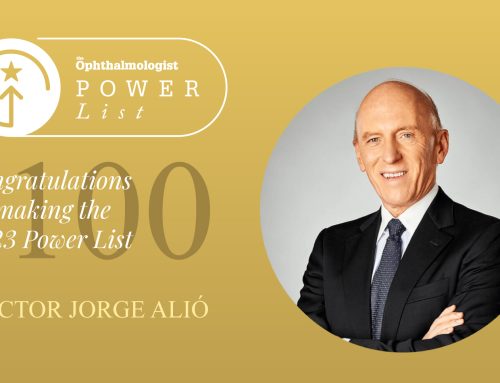In a consultation of ophthalmology, corneal topography is one of the devices more used to know the corneal morphology. Its analysis is very important because provide information about the curvature and potency of the cornea, among other parameters. The wide information that provides the corneal topography in one measure allows that its clinical applications be multiple. Concretely, one of the most known ocular procedures in which corneal topography is used stands out refractive surgery to correct myopia, hyperopia, and astigmatism. However, corneal topography is a non-invasive diagnostic device very useful in other ocular surgeries, as crosslinking, keratoplasty or intrastromal rings among others. Also, the analysis of the corneal morphology by means of corneal topography allows diagnosing some ocular pathologies as keratoglobus, pellucid marginal degeneration or keratoconus mainly. Precisely, the widely clinical applications of corneal topography in an ophthalmological consulting are associated with the advances and innovations developed in its technology.
What innovations have been developed in corneal topography?
Previously it was thought that anterior corneal surface was the most influenced surface in the vision. However, scientific studies have proved the influence of the posterior corneal surface in the visual outcomes after corneal refractive surgery. Indeed, nowadays corneal topographers that analyses both corneal surfaces have been developed. Concretely, according if corneal topographers use projection or reflection techniques, its technology will be different, as the analysis area of the corneal surface will differ. For example, also the corneal topographers based in Placid discs, corneal topographers based in Scheimpflug technology to provide information about the both corneal surfaces have been developed. The clinical applications of corneal topographers based in Scheimpflug technology are multiple, due to providing information about the corneal thickness, aberrometry, potency, and elevation. In addition, some corneal topographers based in Scheimpflug technology incorporate densitometry, pupillometry, optical quality, cataract, contact lenses, glaucoma, and even intrastromal rings modules. Also, these devices allow that the information obtained in the corneal topography may be exported for corneal refractive and cataract surgery.
Although corneal topographers based in Scheimpflug technology have important clinical applications in ocular surgery and to diagnose some corneal pathologies, other innovations have been developed. Concretely, corneal topographers that use the LEDs light to obtain information about the corneal morphology have been introduced recently. Corneal topographers based on LEDs light technology allows obtain the degree and magnitude of astigmatism with high accuracy, according have been reported scientifically. Also, corneal topographers based in LEDs technology are very appropriate for corneal surgery and for implant toric Intraocular Lenses (IOLs), among other important clinical applications. Due to the wide information provided by corneal topographers, as the innovations developed in its technology is necessary to acquire an adequate training. Precisely, in the Online Course in Refractive Clinical Methodology Cataract and Corneal Surgery we provide widely information about the clinical applications of corneal topography in ocular surgery and ocular surface.
Scientific references
Cavas-Martínez F, Fernández-Pacheco DG, De la Cruz-Sánchez E, Nieto Martínez J, Fernández Cañavate FJ, Vega-Estrada A et al. Geometrical custom modeling of human cornea in vivo and its use for the diagnosis of corneal ectasia. PLoS One. 2014 Oct 17;9(10):e110249.
Montalbán R, Alió JL, Javaloy J, Piñero DP. Intrasubject repeatability in keratoconus-eye measurements obtained with a new Scheimpflug photography-based system. J Cataract Refract Surg. 2013 Feb;39(2):211-8.



